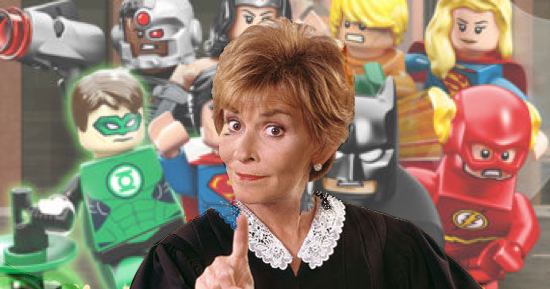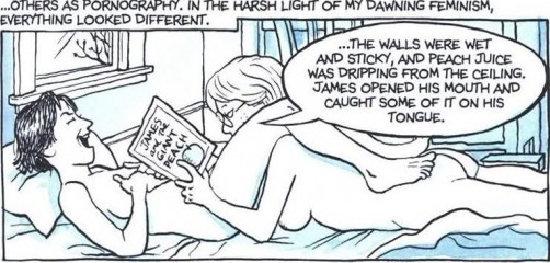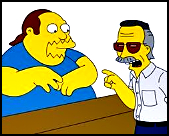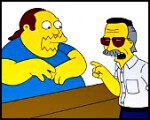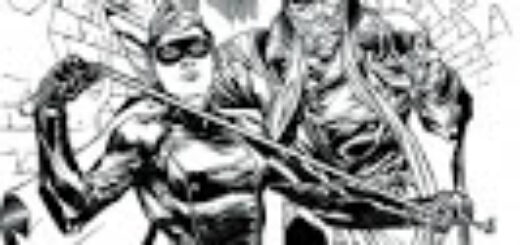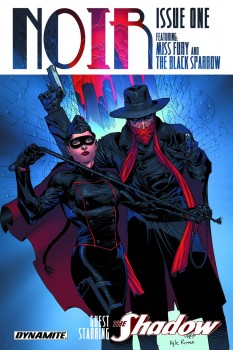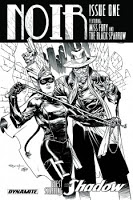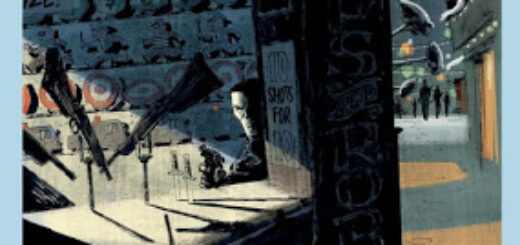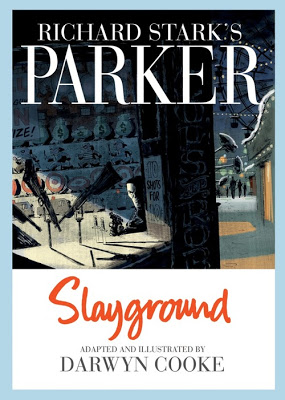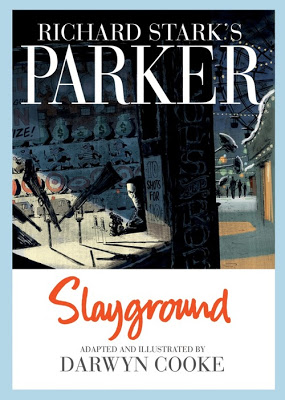When I went to my friendly neighborhood comic book store last Wednesday, they offered me a free copy of DC Entertainment Graphic Novel Essential and Chronology 2014.
“No,” I said. “It will just piss me off.”
They put in my bag anyway. And it did.
If you click on the link above you get a review of last year’s edition of this book. I was not aware that this was an on-going series. Thus, I have been spared years of rage.
The volume suffers from the kind of schizophrenia common to the comics industry: it doesn’t know its audience. Is it readers of comic books? That might explain the jumbled cover, which is otherwise incoherent to someone unfamiliar with members of the Bat crew other than Batman. Is it new readers that, somehow, get past the cover and look inside? Perhaps, but once these new readers page further in than the first chapter (which is “25 Essential Graphic Novels”), the book is a confusing listing of collections from the New 52.
By the time you get to the recommendations for “All Ages,” it’s collections of stories from series that have been cancelled. I’m sure the books hold up, which is more than one can say for the New 52.
If I had to guess, I would say that the book is aimed at booksellers, particularly those who plan to attend next week’s Book Expo America . The order information in the back is for booksellers. Graphic novels remain a growth area in the book business, and DC Entertainment would be foolish to ignore a growing revenue source.
However …
Back when I worked at DC, there weren’t many people who saw bookstores as a market for our wares. Comic book stores were our primary outlets, and some thought we shouldn’t do anything that competed with our best customers. I understood this perspective, but disagreed. Comic book stores are wonderful places, but comics, especially those with good, satisfying stories, are things that bring people joy. I thought we needed to expose our books to people who didn’t know about them, and the bookstore market was the most obvious place to do so.
The graphic novel was not a new product in the 1990s. Maus, The Dark Knight Returns and Watchmen were all available and selling well. The challenge was to publish other books that would sell as well and yet still fit into the business patterns DC relied upon in terms of paying for work in advance. It was easier to publish the work serially first (as all three of the aforementioned books had been) than to spring for a fully-formed single volume.
Hence, the trade collection.
Here’s the thing: A trade collection is easy for the publisher. Just take four, or six, or eight sequential issues of a comic, put them together and bind them with a spine and – voila – it looks just like a graphic novel.
However, it doesn’t read like a novel, graphic or otherwise. There is not necessarily a beginning, a middle and an end. There is sometimes not even a clear protagonist, a person who has a character arc that leads him (or her) to a more developed character or personality. Quite often, there is so much backstory that the new reader is too confused to read past the first few pages.
Let’s compare a book like, say, The Flash volume 3: Gorilla Warfare, a book I like a great deal by a creative team I admire, and compare it to the third book in the Harry Potter series, Harry Potter and the Prisoner of Azkaban. Both books provide the reader with certain expected tropes (speed, quidditch, scary enemies) but one is much more inviting to a newbie. J. K. Rowling always alludes to the previous books in such a way that the reader can follow the characters without reading the other books in the series (although having read them makes the experience much richer). DC Entertainment? Not so much.
I can cite lots of other examples: James Bond, the 87th Precinct, even The Hardy Boys.
The point is not that books are better than comics. The point isn’t that the examples I cited are great literature. They may be (I doubt it, YMMV), but that’s not my point. My point (and I do have one) is that when a reader is looking for something to read for pleasure, to pass the time on a plane ride or on the beach or by the fire on a rainy day, that reader doesn’t necessarily want to do homework first. He or she wants to sit down and get swept away by a story.
I used to argue that, while great literature is a wonderful thing, and I was proud to be working for the company that published Sandman and Stuck Rubber Baby, we should be user-friendly. A person who walks into a bookstore, interested in this graphic novel phenomenon s/he’s heard so much about, is most likely to pick up a book that looks a little familiar. When I thought I might like mysteries, for example, I started with Chandler and Hammett, whose work I knew a bit about from the movies. Someone looking for graphic novels is likely to pick up Superman or Batman.
We should make the best damn Superman and Batman graphic novels we know how.
Most of the graphic novels in this DC Entertainment catalog fail this requirement. The Year One books are pretty good, but they are in the minority.
I’ll be curious to see how the DC reps work at Book Expo this year. Last year, I didn’t see any, subsumed as they were as part of Random House distribution. There was no signage I could see, except at the Diamond booth.
Which is all they’re going to get if they keep up this kind of marketing.

